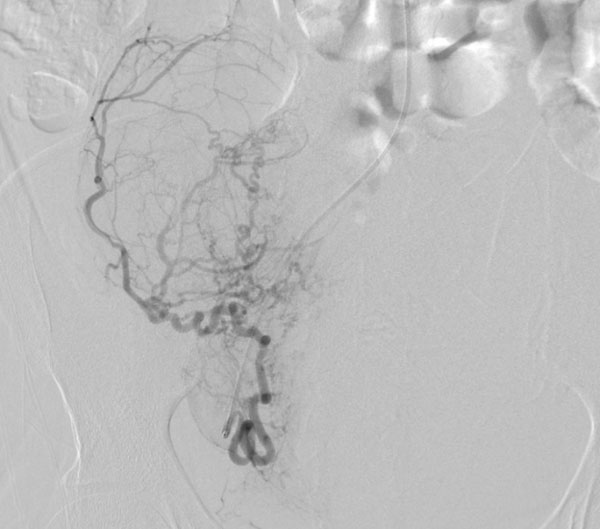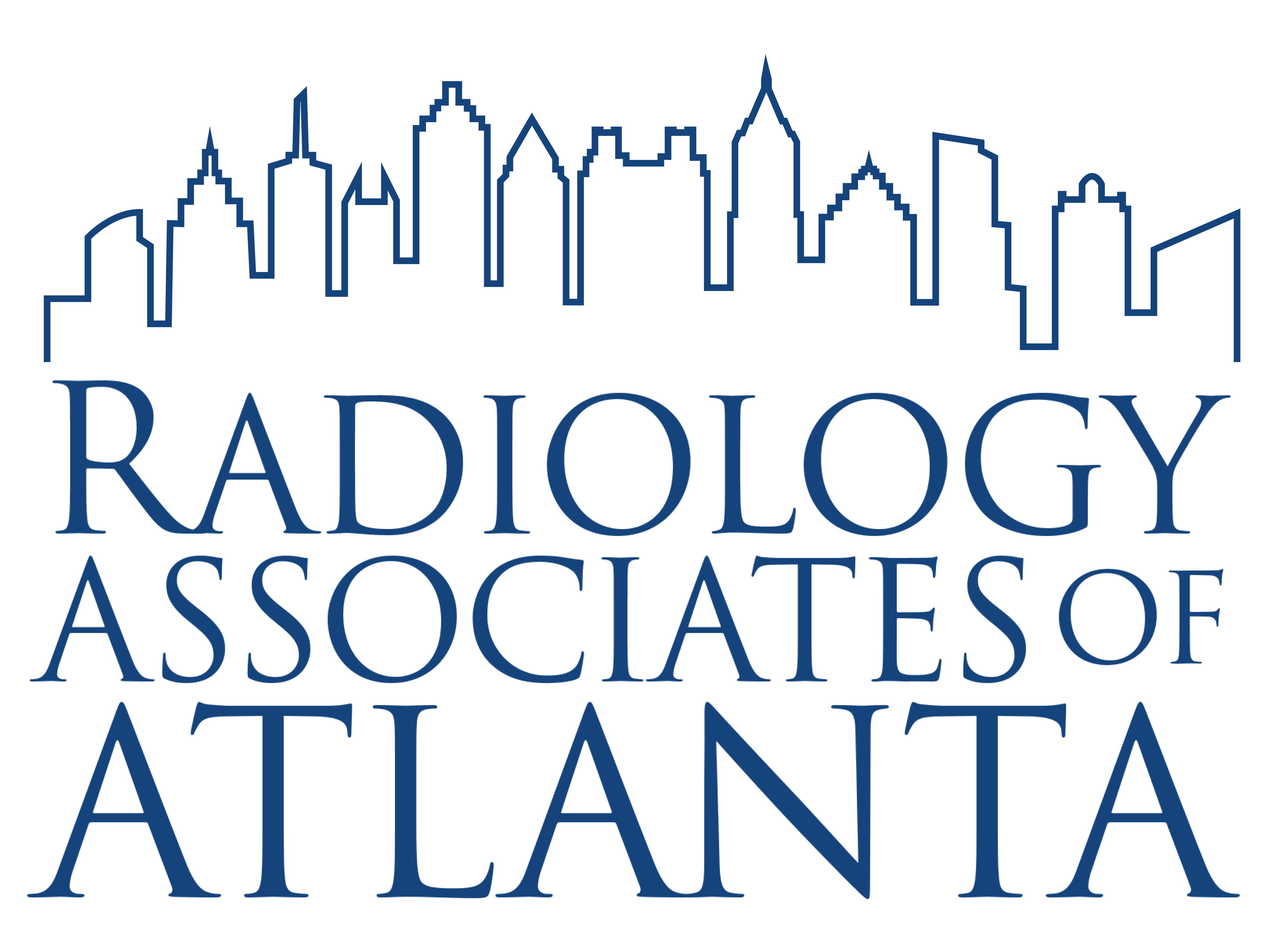What are Uterine Fibroids?

Uterine fibroids or uterine leiomyomas are benign growth that develop in the uterus. They vary in size, location, and number. They can cause a range of symptoms including abnormal bleeding, pelvic pain, or pressure. Fibroids mainly affect women during the reproductive years and are diagnosed in a majority of females by age 50.
What are the Symptoms of Uterine Fibroids?
Most women are asymptomatic, but those women who do have symptoms may present with severe symptoms. Symptoms include:
- Abnormal bleeding with heavy or prolonged periods
- Pelvic pain or pressure
- Urinary problems such as difficulty with emptying the bladder or frequency of urination
- Constipation
- Back pain.
What are the Treatments for Uterine Fibroids?
Watchful waiting: in many cases, patients can monitor the fibroids. Fibroids may shrink and degenerate after menopause. This may require frequent check ups.
Medication: medication can help manage symptoms of fibroids. Hormonal therapies, NSAIDs for pain, and iron supplements for anemia can all be helpful. Medication will not eliminate fibroids.
Surgery: Surgical options will depend on the patient’s specific case. Considerations include patient specific fibroid burden and whether or not the patient desires future pregnancy. The two main surgical options are myomectomy and hysterectomy. Myomectomy removes fibroids preserving the uterus. Hysterectomy is complete removal of uterus.
Uterine fibroid embolization: uterine fibroid embolization, or (UFE) is a minimally invasive nonsurgical treatment performed by an interventional radiologist through a tiny incision in the skin. A tiny tube called a catheter is inserted through an artery under live imaging guidance and navigated into the arteries supplying the uterus. Tiny particles are then injected that block the flow to the uterine fibroids, causing them to shrink in size or resolve completely.
Who is a Good Candidate for UFE?
Women with symptoms due to fibroids including heavy bleeding, pain, or pelvic pressure may be candidates for uterine fibroid embolization. In addition, patients who wish to avoid surgery such as hysterectomy may opt for uterine fibroid embolization. Many patients who undergo UFE desire the least invasive procedure for fibroid treatment.
What to Expect if Undergoing UFE
The main side effects of uterine fibroid embolization are otherwise known as post embolization syndrome. This is self limited and includes pain or cramping for a few days after the procedure, nausea, and fever.
Why undergo Uterine fibroid embolization?
- Patients can expect to be able to return to normal activities quicker than if they were to undergo surgery.
- Minimal risk for complications when compared to surgery.
- Outpatient procedure with most patients going home the same day.
- Twilight sedation with no risks of undergoing general anesthesia
- Least invasive fibroid treatment procedure
Results
Initial improvement can be expected within the first one to two months with gradual improvement as the fibroids continue to shrink for 6 to 9 months or longer. Approximately 85% of patients have markedly improved symptoms.
Unfortunately, many patients have never heard of uterine fibroid embolization despite the procedure having been available for decades. A publication for patients about UFE from the Society of Interventional Radiology is highlighted below.
If you are interested in learning more about Uterine Fibroid Embolization or would like to schedule a consultation, please contact our office at (470) 806-5026, or enter your information online and we will get back to you.
